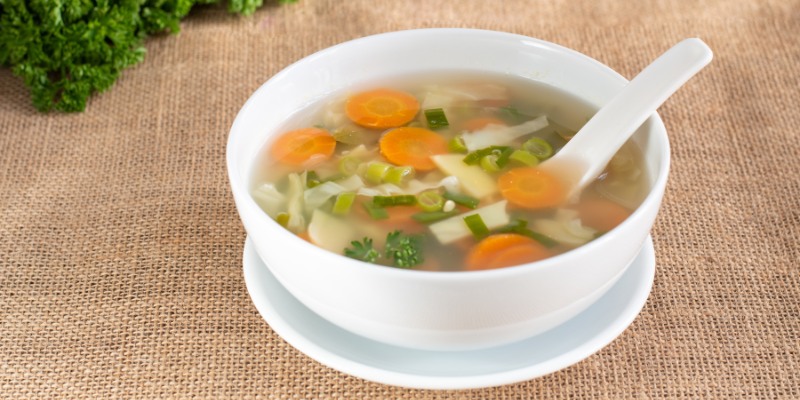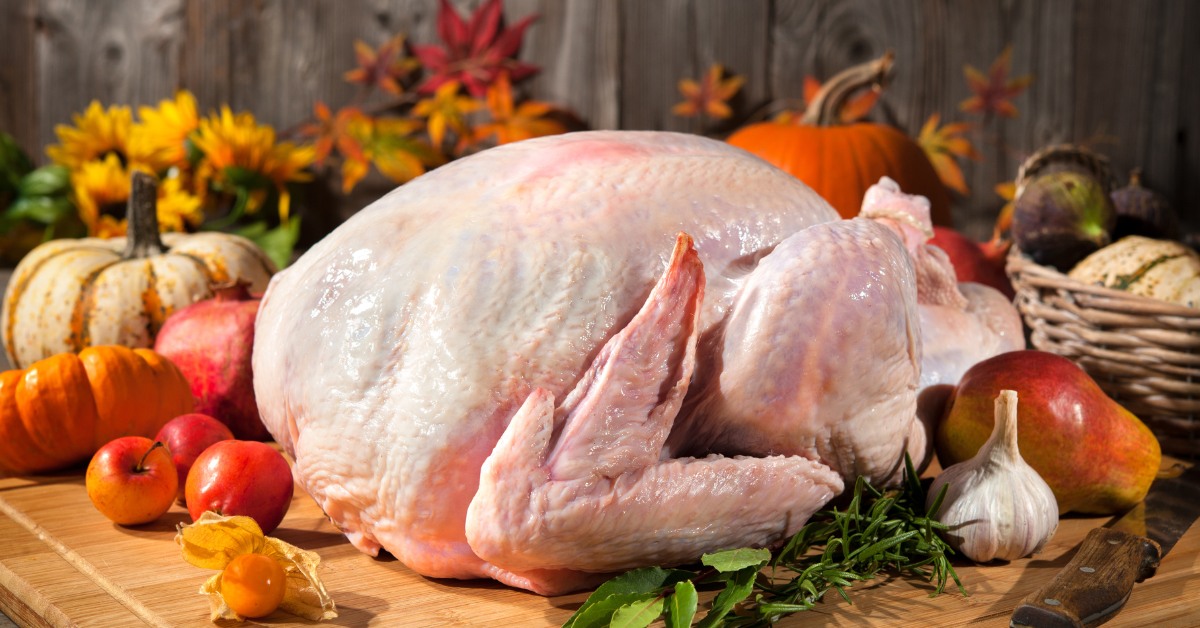How to Clean Turkey Necks
Turkey necks might not be the first item on everyone’s shopping list, but they’re a culinary treasure for those in the know. These flavorful bits are a staple in many cultures and provide a depth of flavor to dishes, especially soups and gravies. But as with any poultry product, cleaning them correctly before cooking is crucial. This guide will walk you through cleaning turkey necks to ensure they’re delicious and safe.
Before diving into the cleaning process, it’s worth noting why turkey necks deserve a spot in your kitchen.
- Rich in Flavor: When cooked, turkey necks release a gelatinous consistency, which adds body to broths and gravies. They might be bony and less meaty than other parts, but the flavor payoff is immense.
- Nutritional Value: Turkey’s necks are rich in collagen. Collagen can offer numerous health benefits, such as improving skin elasticity, strengthening hair, and supporting joint health.
- Economical Choice: Priced lower than premium cuts, turkey necks offer an affordable way to elevate the taste of dishes without burning a hole in your pocket.
Step-by-Step Guide to Cleaning Turkey Necks
Before you begin, it’s essential to have the right tools and materials on hand. This will make the process smoother and ensure that you’re cleaning the necks as effectively as possible.
- Sharp Knife: This will trim away excess fat and skin.
- Large Bowl: Useful for holding the necks as you rinse them.
- Fresh Water: Using cold, fresh water for rinsing is vital.
- Cutting Board: Provides a safe surface for trimming.
- Gloves (Optional): If you’re a bit squeamish, gloves can make handling raw poultry more comfortable.
- Initial Rinse: Start by running cold water over the turkey necks. This first rinse will remove any surface dirt or debris. Ensure you cover every part of the neck during this step.
- Trimming Excess Fat and Skin: While turkey necks are leaner than other parts, they can still have some fat. With a sharp knife, gently trim away excess fat and dangling skin. This ensures a cleaner taste and prevents your broth from becoming overly greasy.
- Checking and Removing the Glands: A gland is located near the neck’s base. This gland can impart a bitter taste if left intact. Spotting it is crucial. Once located, use your knife to remove it carefully. This step might require more attention to detail, but it’s worth the effort for the best flavor.
- Final Rinse and Inspection: Give the turkey necks another thorough rinse after trimming. This step ensures that you’ve washed away any residual debris. Once done, please take a moment to inspect each neck, ensuring it’s clean and free from unwanted bits.
Tips for Storage and Cooking
Storing Cleaned Turkey Necks: If you’re not planning to cook your turkey necks immediately after cleaning, you must store them properly. In the refrigerator, they’ll stay fresh for up to two days. If you wish to store them longer, consider freezing them. Before doing so, place them in a freezer-safe bag, removing as much air as possible to prevent freezer burn.
Marinating for Flavor: While turkey necks are naturally flavorful, marinating can elevate their taste even further. Consider soaking them in garlic, herbs, and lemon juice. Not only does this enhance their flavor, but the acidic components of the marinade can also tenderize the meat.
Cooking Suggestions: The beauty of turkey necks lies in their versatility. Slow-cooking them in soup recipes allows them to release their full flavor. Try broiling them after marinating if you’re in the mood for something crispier. This method gives them a delightful exterior crunch.
How long can cleaned turkey necks be stored in the refrigerator?
Freshly cleaned turkey necks can be stored in the refrigerator for up to two days. Ensure they’re in a sealed container or wrapped to maintain freshness.
Are turkey necks safe for pets?
Cooked turkey necks, without any added spices, can be a treat for pets, especially dogs. However, always ensure they’re properly cooked and avoid giving them raw.
Can turkey necks be cooked without marinating?
Absolutely! While marinating can add additional flavor, turkey necks possess a natural, rich taste that shines through even without marinating.
Turkey Neck Soup Recipe



Preparation Time: 20 minutes
Cooking Time: 2 hours
Servings: 4-6
Ingredients:
- 3-4 cleaned turkey necks
- 2 tablespoons olive oil
- 1 large onion, chopped
- 2 carrots, peeled and sliced
- 2 celery stalks, chopped
- 4 garlic cloves, minced
- 1 bay leaf
- 1 teaspoon dried thyme (or 2 sprigs of fresh thyme)
- 1 teaspoon dried rosemary (or 1 sprig of fresh rosemary)
- 6 cups chicken or vegetable broth
- 1 cup pearl barley or rice
- Salt and pepper, to taste
- Fresh parsley, chopped (for garnish)
Instructions:
- Brown the Turkey Necks: In a large pot, heat the olive oil over medium-high heat. Add the turkey necks and sear them on all sides until they are lightly browned. Remove them and set aside.
- Sauté the Vegetables: In the same pot, add a bit more oil if necessary. Add the chopped onions, carrots, and celery. Sauté until the onions are translucent and the vegetables begin to soften, which should take about 5 minutes.
- Add Garlic and Herbs: Stir in the minced garlic, bay leaf, thyme, and rosemary. Cook for another 1-2 minutes until the garlic is fragrant.
- Return the Turkey Necks: Place the browned turkey necks back into the pot.
- Add Broth: Pour in the chicken or vegetable broth, ensuring the turkey necks are fully submerged. If they’re not, add enough water or more broth until they are.
- Simmer: Reduce the heat to low, cover the pot, and let it simmer for 1.5 hours. This slow cooking allows the turkey necks to become tender and release their flavors into the broth.
- Add Barley or Rice: After 1.5 hours, add the pearl barley or rice to the soup. Continue to simmer for another 30 minutes or until the barley/rice is cooked through.
- Season and Serve: Once everything is cooked, season the soup with salt and pepper to taste. Remove the bay leaf (and any fresh herb sprigs if you used them). Ladle the soup into bowls, garnish with fresh parsley, and serve hot.
When cleaned and cooked correctly, Turkey necks can be a gastronomic delight. Whether you’re looking to make a flavorful stock or seeking an economical meat option that’s both tasty and nutritious, turkey necks are a worthy addition to your culinary repertoire. With this guide, you’re now equipped with the knowledge to clean and prepare them to perfection.
So, the next time you spot turkey necks at your local butcher or grocery store, don’t hesitate to pick them up and try them!
We hope this guide has provided valuable insights into cleaning and cooking turkey necks. Happy cooking!

